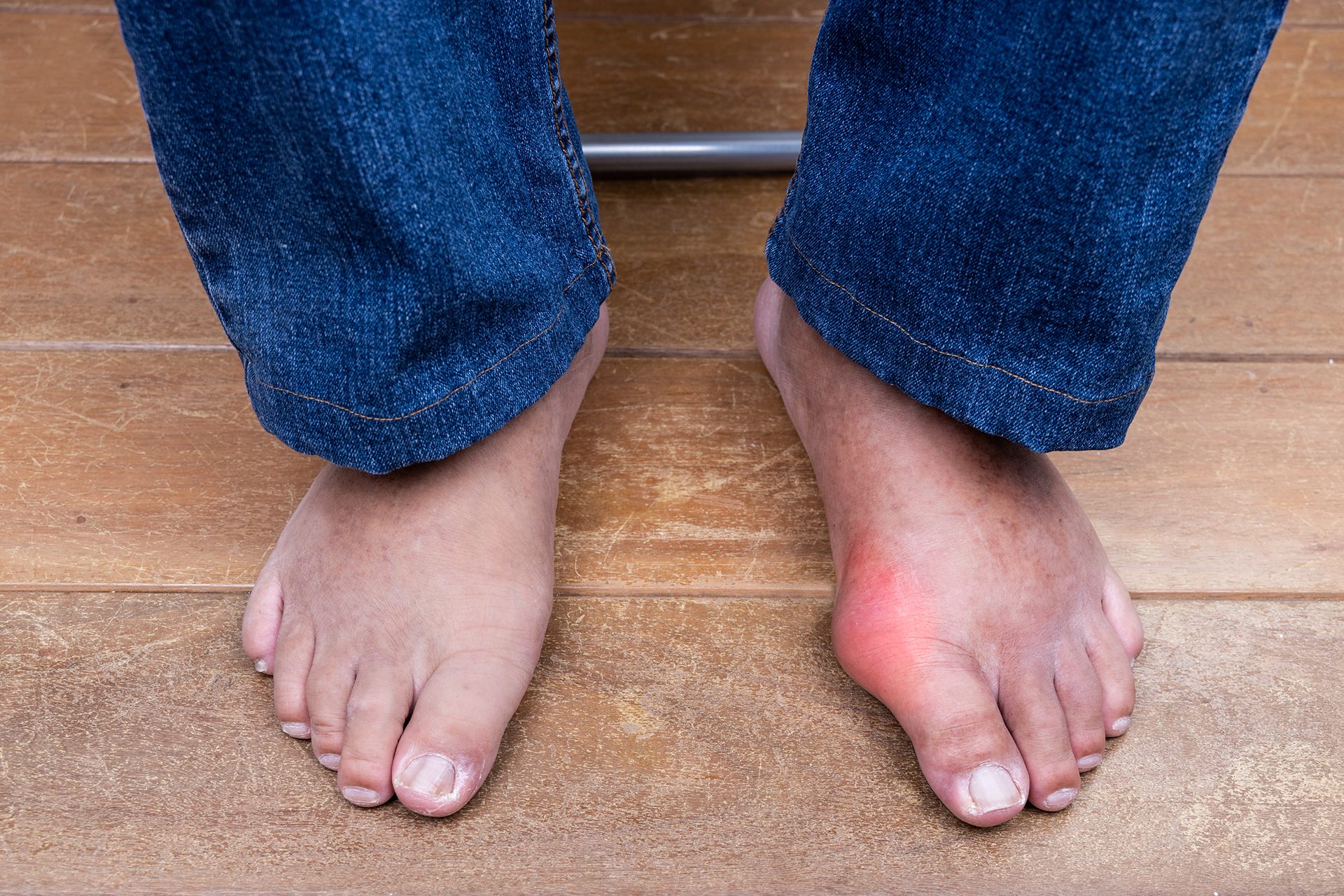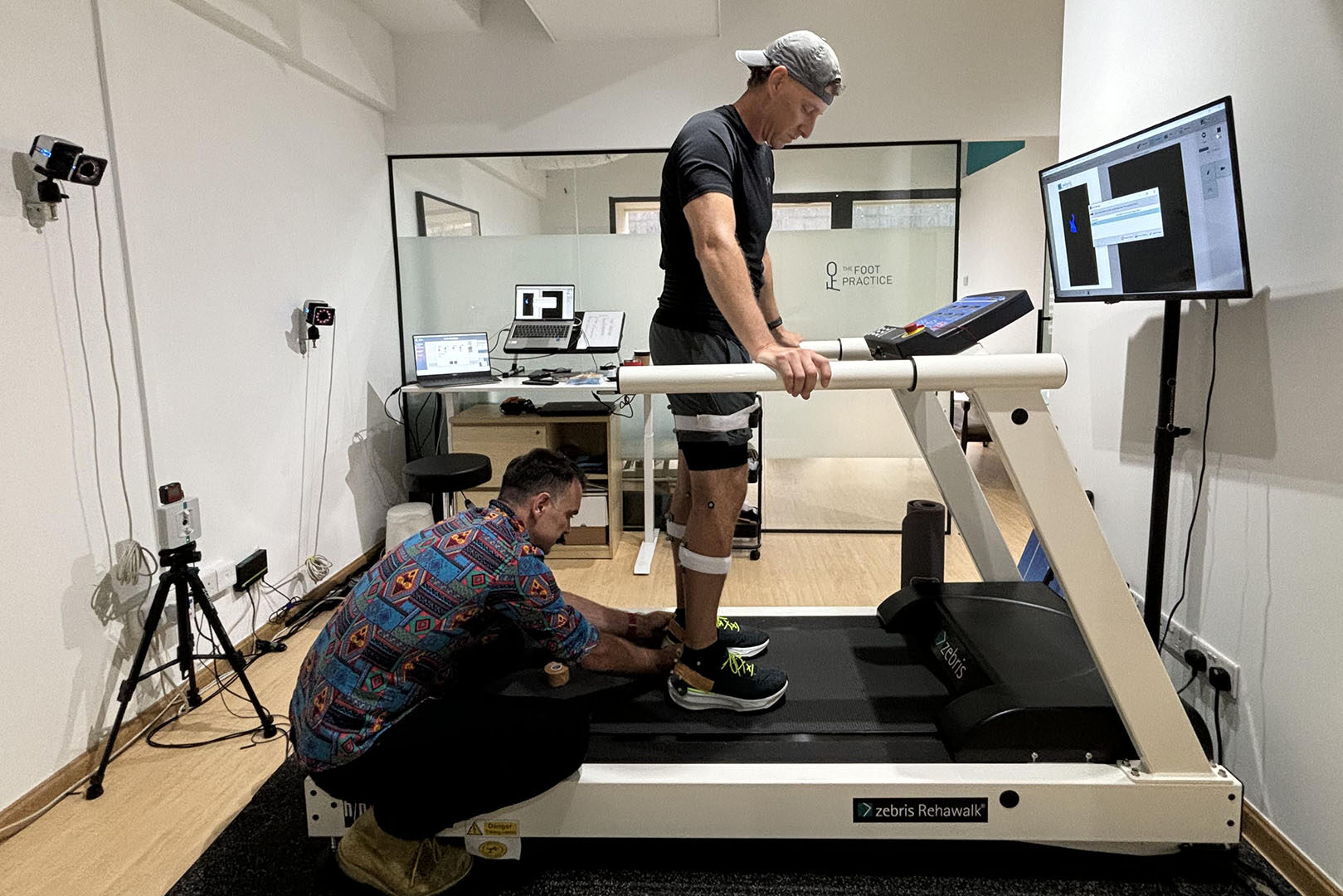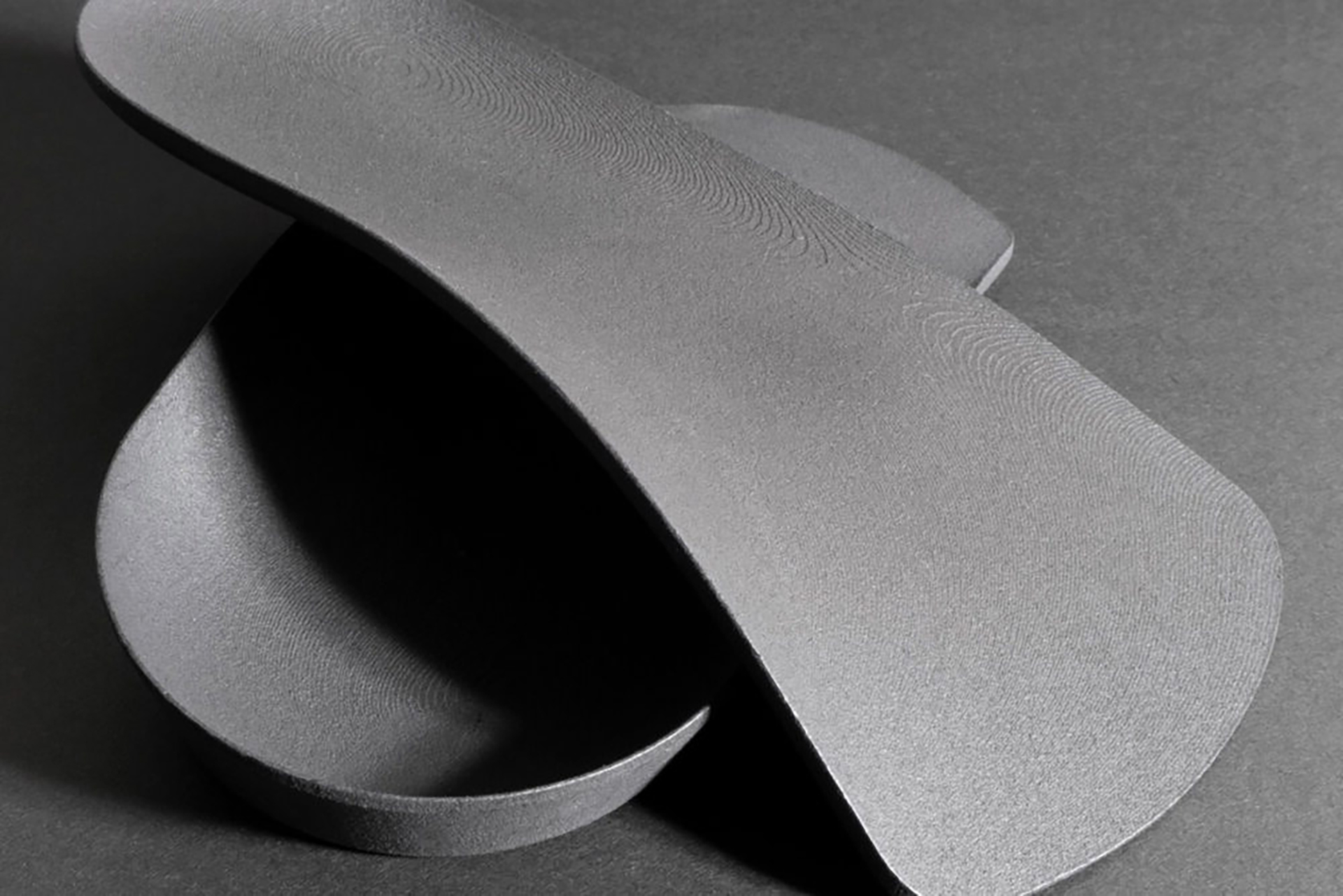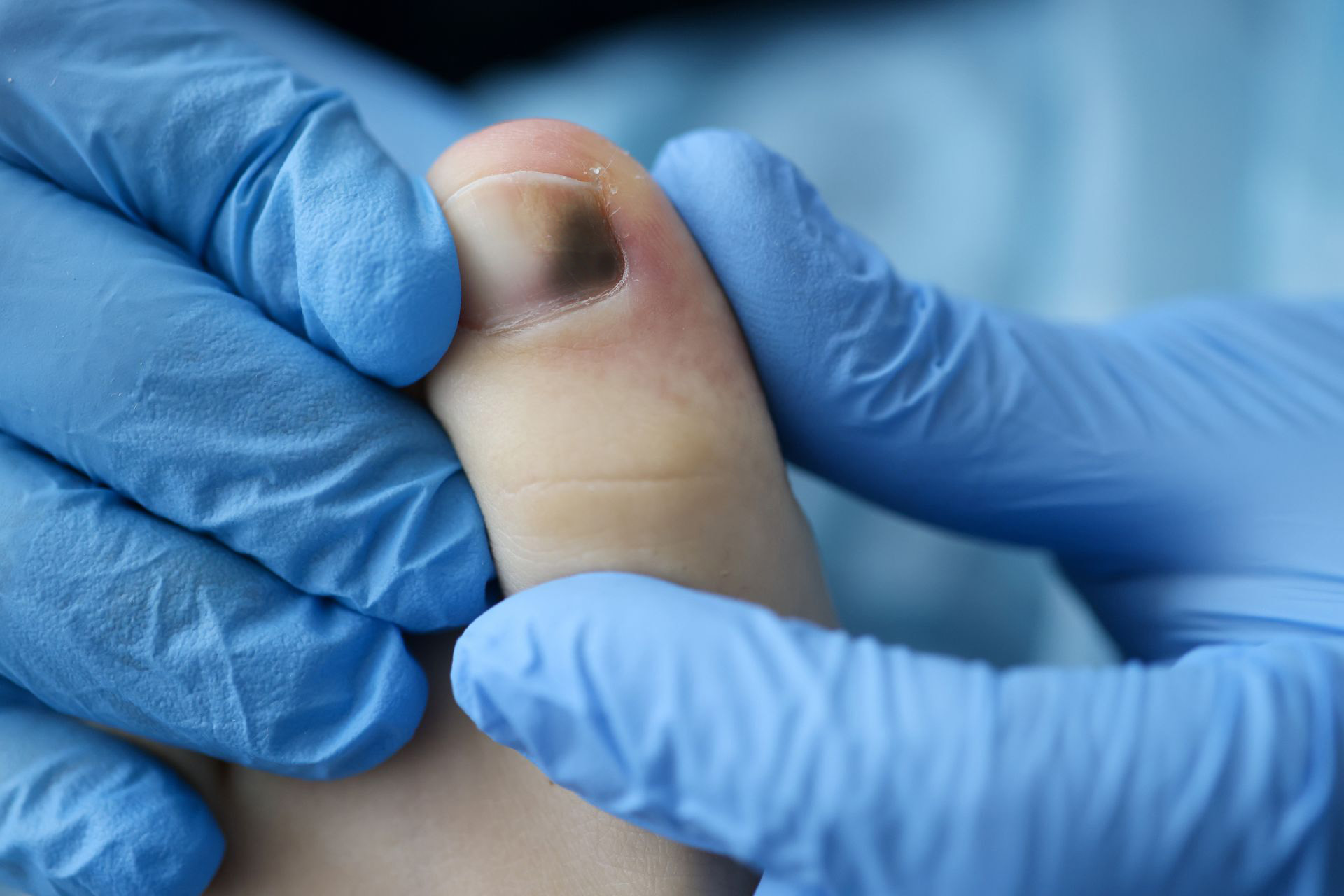Gout is a common form of arthritis caused by high levels of uric acid in the body leading to swelling and discomfort in the foot. Pain from gout does not usually occur all the time. Instead, it comes in waves known as gout attacks or intense periods of pain that affect the afflicted joint. If you’re wondering how long does gout last, these episodes can last from short durations to prolonged periods beyond 12 hours at a time and are often recurrent if not treated.
In the long run, gout can also significantly affect your biomechanics and increase the risk of further injuries.
The frequency of gout attacks differs from person to person. For some, they can happen within days. For others, months can pass before experiencing an attack. There are several symptoms of a gout attack. These include sharp pain, swelling, redness, inflammation, reduced movement, rise in temperature, and a loss of appetite, to mention a few.
If you experience these symptoms, a consultation for gout treatment and prevention with one of our podiatrists can help determine if your discomfort is related to the condition.
What Is the Main Cause of Gout in Feet?
What causes gout in feet? Gout forms due to an increase of uric acid in the body. Uric acid results from a breakdown of purines found in the foods and beverages you consume. It is a substance naturally found in your blood that is usually filtered by the kidneys. If these acid levels are elevated in your bloodstream, known as hyperuricemia, urate crystals can form in the affected joints, causing erosion to occur. High uric acid in your blood can increase due to several health ailments, such as being overweight, having high cholesterol, diabetes, cancer or kidney issues.
Lifestyle choices can also significantly lead to higher incidences of gout. Consuming alcohol, eating protein-rich diets heavy in meats and seafood, and increased stress levels at work and home can increase your chances of gout. In some cases, gout can be hereditary. Usually, gout is experienced more often by men than in women, with the first gout attack happening between the ages 30 to 40. Women can often experience a gout attack after menopause. During this time, the amount of uric acid is often higher due to a decrease in estrogen in the body.
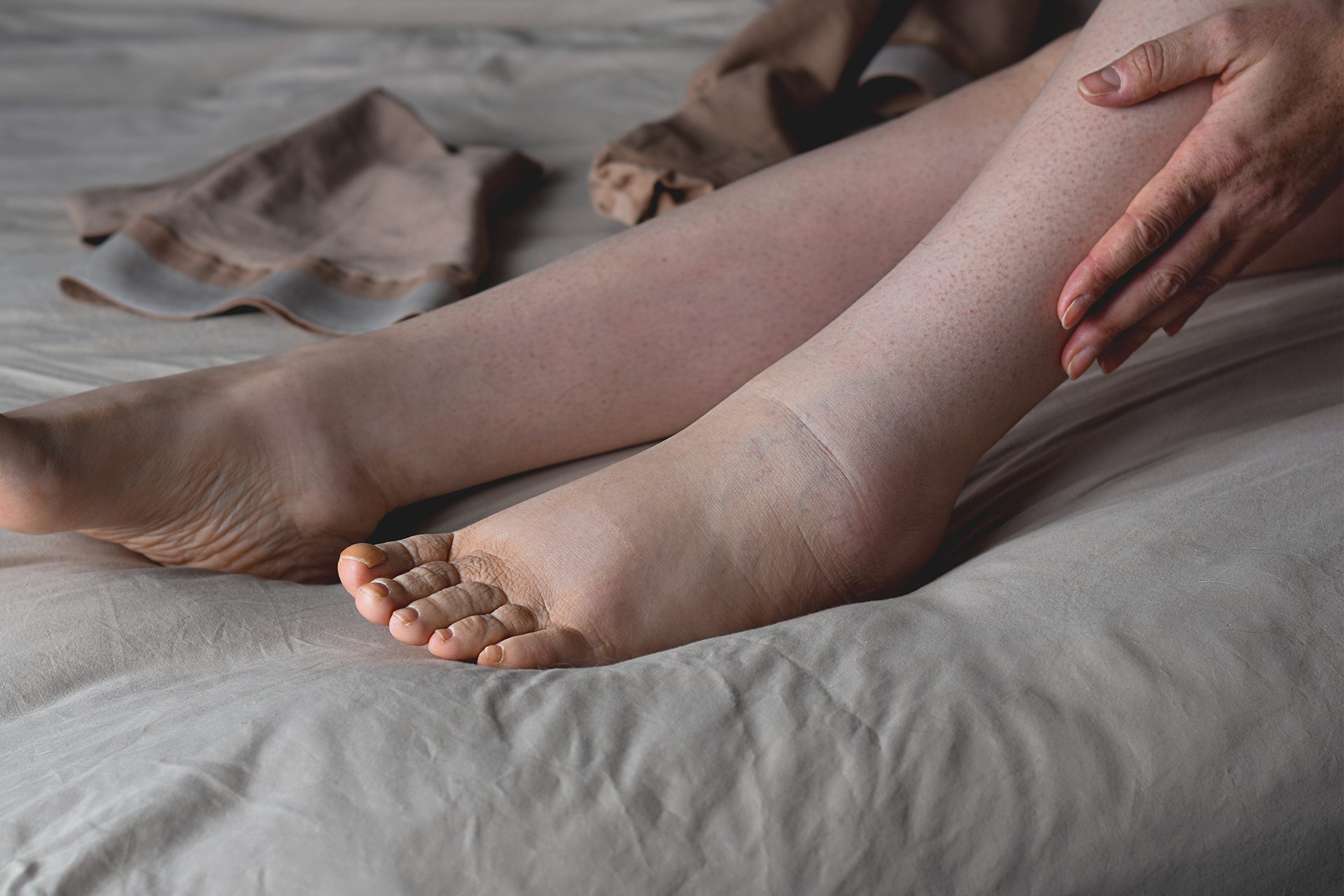
Gout is one of the common causes of foot pain. It is treatable with the right podiatric plan to alleviate not only acute pain but also to prevent future flare-ups. People need to know that when it comes to gout, aggressive and continued gout treatment options to reduce uric acid crystallization are essential as the long-term impact of the disease can adversely affect your long-term health.
How Long Does Gout Last? The Four Stages of Gout
Although 90 percent of gout affects the big toe. Other limbs can be afflicted, even impacting joints in the upper body at later stages. Gout symptoms differ slightly in the different stages:
- Stage One During the initial asymptomatic hyperuricemia stage, uric acid levels are high, but there’s no sign of pain.
- Stage Two Urate crystals deposit around the joints during the acute inflammatory arthritis phase causing painful attacks, fever and gout flares. People with osteoarthritis in their fingers may experience flares in their fingers rather than their toes or knees.
- Stage Three The intervals between gout attacks is known as the intercritical gout period. Uric acid levels can remain high and, if left untreated, the intervals between flares shorten, the duration increases and may afflict multiple joints simultaneously.
- Stage Four Urate crystal deposits accumulate over time damaging the afflicted joints. This chronic gout phase can lead to the degeneration of bones and joint damage, impeding mobility while causing pain and deformities without proper chronic gout treatment.
High protein diets, sugar foods, dehydration, certain medications (e.g., diuretics), joint injuries, or a recent operation can trigger gout flares. If you have symptoms of gout, one of our podiatrists can easily provide the right prognosis and guide you toward proper gout disease treatment.
The best gout treatment is early diagnosis. Early treatment modalities are essential to address the long-term harmful damage of gout. Most flare-ups go misdiagnosed, and there’s often a lack of urgency to efficiently manage the condition, which leads to destructive joint conditions in the latter stages of gout. Much like diabetes, gout can cause damage to the musculoskeletal and organ systems outside of mere joint pain if left untreated.
Gout can lead to restricted mobility as well as damaged and deformed joints if left untreated, can lead to worsened attacks, arthritis and further complications. Several conditions can cause joint pain and inflammation so patients will undergo a clinical assessment to determine if gout is the underlying cause of their foot pain.
How Do We Diagnosis Gout
People with gout are often misdiagnosed with ‘pseudogout’ as the symptoms are very similar. Unlike gout, the flare-ups in pseudogout are usually less severe and are caused by phosphate instead of urate crystals. As a result, the treatment for pseudogout is different than that of gout, making the correct diagnosis extremely important.
Gout is typically diagnosed following sudden joint pain and inflammation following one or multiple acute flare-ups, especially at the base of the large toe, followed by intermittent periods with no symptoms but persistent hyperuricemia.
During your visit, our podiatrist diagnoses your condition through a physical evaluation. Our clinical team will recommend diagnostic imaging and blood tests to examine the synovial fluid around the afflicted joint to see if urate crystallization is present as urate levels in the blood may be normal during an attack.
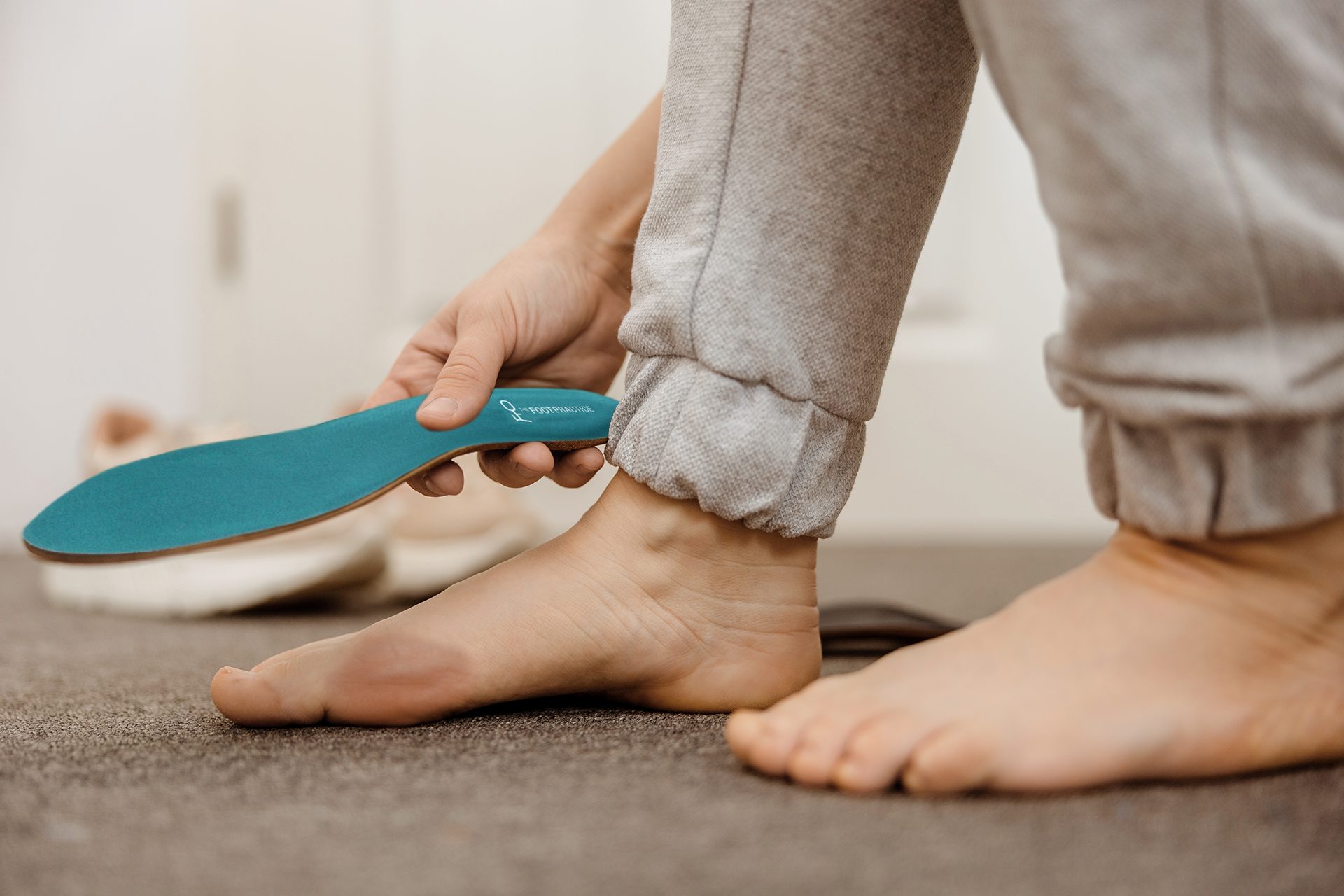
Conservative Gout Treatments & Prevention
The Foot Practice has two primary goals when treating gout. Patient education as an underlying premise to proactively improve patient outcomes and improve quality of life without pain and discomfort.
First, our podiatrist works to alleviate pain and the body’s natural inflammatory response for immediate gout pain relief. Oral medications such as NSAIDs may be prescribed.
Second, our team looks at preventing future flare-ups by educating you on factors that can help lower uric acid levels. These factors may include lifestyle changes, such as reducing alcohol intake as the risk for gout increases dramatically when people drink 2 to 4 or more alcoholic beverages regularly.
Also, shifting to a more healthy balance in life with nutritious foods and gradual weight reduction will help prevent gout attacks. Drinking a lot of water to stay hydrated and avoiding sugary drinks can effectively help to flush out excess uric acid. Using an ice pack can reduce the swelling for acute inflammation.
If you’re in the latter chronic gout stages, our podiatrist team will look to conservatively treat the degenerative bone and joint damage with orthotic therapy to stabilise the joint and address your lower limb biomechanics to improve mobility and function as an effective treatment for gout.
In some severe cases, surgery may be needed, but we aim to address the condition with conservative gout flare-up treatments first and foremost. If necessary, one of our podiatrists will refer you to an orthopaedic surgeon for further assessment.
Schedule a consultation today so that our podiatrists can determine if your symptoms are due to gout and provide the proper diagnosis and gout treatment plan for your foot condition.

